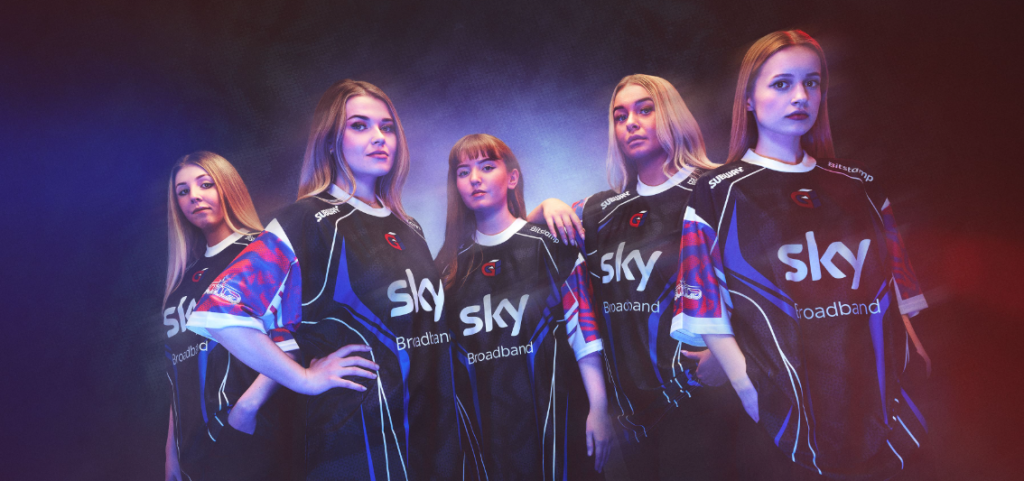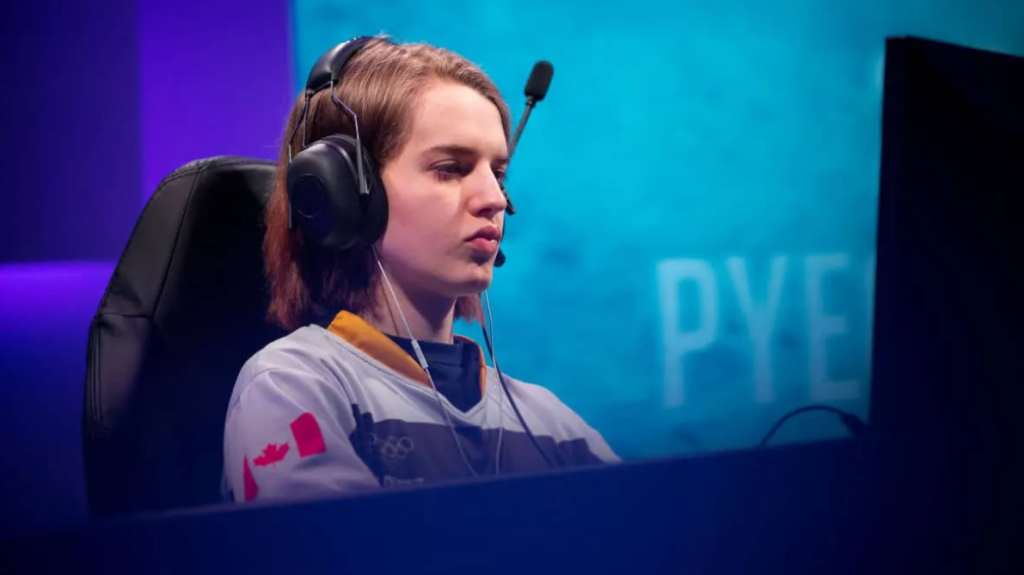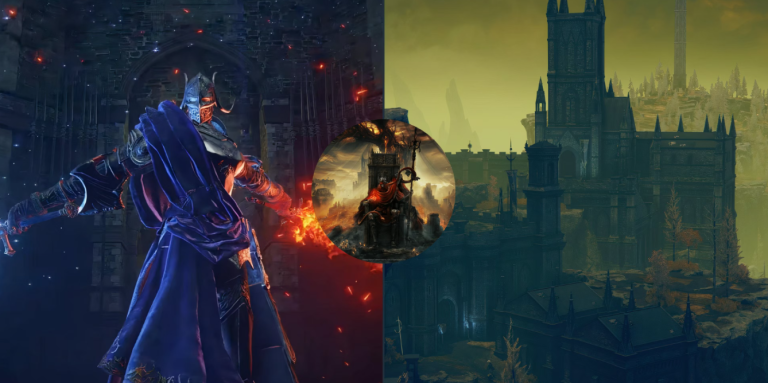
Late one night during a Valorant ranked match, Lisa Taylor once again led her team to victory with near-mechanical precision. On the opposing side, players were loudly complaining during the scoreboard reveal, “No way this girl’s not cheating—there’s no way she’s that accurate.” Lisa didn’t respond. She just muted voice chat and queued up for the next game. For her, such doubts have become a nightly routine.
Lisa is a key player on her college esports team on the U.S. East Coast and one of North America’s most popular female FPS pros. But her story isn’t just about climbing leaderboards or winning matches. It’s about breaking into a male-dominated world, fighting stereotypes with sheer talent and perseverance, and inspiring more women to step into esports.
Watch her streams on YouTube, and you’ll find half the comments cheering her skills, while the other half still question, “Is this really her playing?” Unfortunately, skepticism toward female players remains common—not just from anonymous viewers but also embedded in the very structure of the industry. Most pro teams’ recruitment, training, and even locker room culture have long made “gender” feel like an invisible barrier.
That’s exactly why players like Lisa matter so much. Her success is more than personal; it’s a mirror reflecting how the industry is slowly, stubbornly changing.
Across the Atlantic, Emma “Frostbyte” Lindholm from Sweden shook the European CS:GO scene. Initially invited to join an all-female team as a diversity figurehead, Emma quickly proved her worth, topping the team’s kill/death ratio and earning the role of primary sniper. Media highlighted her gender, her teammates watched her stats, but Emma focused on only one thing: getting better.
In an interview, she said, “I don’t want to be the best female player—I just want to be the best player.” No prefixes, no qualifiers. For her, smashing barriers isn’t about waving flags; it’s about leaving doubters speechless.

Is the esports world harder on female players? Absolutely. But as one female commentator quietly put it during a broadcast: “They’re not here to take spots away from men—they’re opening doors for the girls coming after them.”
In North America and Europe, more universities are offering esports scholarships and expanding women’s esports clubs, pushing for equal opportunity from the grassroots. Professionally, mixed-gender teams are emerging too—Team Liquid recently signed a female player for their tactical FPS division, something once unimaginable.
But don’t be mistaken: change doesn’t come from policies or experiments. It comes from the daily grind of these women—playing matches, dealing with setbacks, going on camera, enduring online abuse, choosing silence or speaking out—each act adding weight to the idea that esports isn’t just a man’s world.
Take Lisa’s response to a viewer’s comment accusing her of “only doing well because her teammates carry her” during a livestream: “Then why don’t you try carrying me once?” Calm, factual, no drama. This quiet strength is what shifts the narrative.
Maybe one day, the esports world won’t need to label “female player” at all. People will just see skill, teamwork, game sense, and stats—not gender. That’s what these women are really fighting for—not to prove women can compete, but for a future where they don’t have to prove anything at all.
![]()


